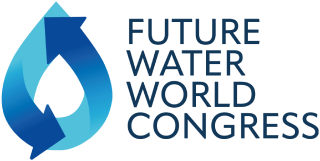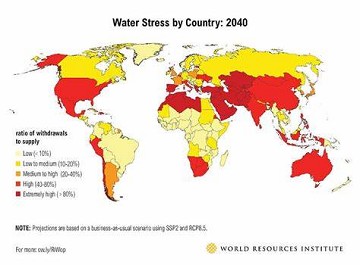Beyond the Brink: The Realities of Water Stress in Jordan
Due to climate change and global warming, many countries worldwide are finding their water reserves are drying up. According to the World Resources Institute, there are 17 countries facing "extremely high" levels of baseline water stress, meaning that more than 80% of the available water supply is being withdrawn by various sectors (e.g. agriculture, industry, households) every year. By 2040 around 1/3 of the world will be classed as being “water-stressed”.
The way in which the global community addresses the issue of water scarcity presently will shape how we confront this challenge in the times ahead.
One of the worst-hit countries currently is perhaps Jordan and this situation doesn’t look like it will improve. Unicef ranks the nation 2nd in their ranking for countries with the highest levels of water scarcity. The country is facing the worst drought in its history so this is perhaps not surprising. Summers are becoming longer and hotter. And the water is drying up.
However, drought isn’t the only contributing factor to the worsening crisis.
The population is growing at an exponential rate going from 8,518,992 just a decade ago to a population of 11,337,052 in 2023. This increase is pushing already strained resources to their limit. Recent studies have shown that by 2030 90% of Jordan’s low-income population will endure severe water security receiving less than 40 litres of water per day (Jim Yoon, Pacific Northwest National Laboratory March 2021).
Citizens use about 80 litres a day compared to the 310 litres a US citizen uses. But this still isn’t enough to conserve the nation's remaining supply. Issues such as pollution are also making this problem worse. Sewage system leaks and industrial waste regularly infect the water supply putting pressure on an already dwindling supply.
The country gets around 54% of its water supply from groundwater basins which get pushed to their capacity with 77.5% going to the agricultural industry. The groundwater supply has dropped by more than a metre in the past year..The other major source of weather for the country is its surface water resources. There are three major surface water sources in Jordan — the Jordan, Zarqa, and Yarmouk rivers. But due to being over-pumped the surface water supply is drying up. Leaving the nation with no other alternative than importing water from nearby neighbors including Israel. This is an unsustainable solution for the country's future as the entire region is considered water scarce and has led many experts to fear “water wars” as being part of the region's future.
However, the future may not be that bleak. In 2021, the Jordanian government committed to building a desalination plant in Aqaba, a project that was first mentioned in 2017. It is expected to take 5 years to complete and cost approximately $1 billion dollars to complete. Other solutions being considered include recycling wastewater and upgrading “water monitoring and control systems”. But these solutions wouldn’t have been possible without modern innovation.
Our Future World Water Congress aims to bring together experts from across the globe to showcase their technological advancements in order to solve crises like the one in Jordan.
Sources
University, S. (2021) Jordan's worsening water crisis a warning for the world, Stanford News. Available at: https://news.stanford.edu/2021/03/29/jordans-worsening-water-crisis-warning-world/ (Accessed: March 16, 2023).
Saiesha (2022) 7 facts about water scarcity in Jordan, The Borgen Project. Saiesha https://borgenproject.org/wp-content/uploads/logo.jpg. Available at: https://borgenproject.org/water-scarcity-in-jordan/ (Accessed: March 16, 2023).
Maddocks, A., Young, R.S. and Reig, P. (2015) Ranking the world's most water-stressed countries in 2040, World Resources Institute. Available at: https://www.wri.org/insights/ranking-worlds-most-water-stressed-countries-2040 (Accessed: March 16, 2023).


